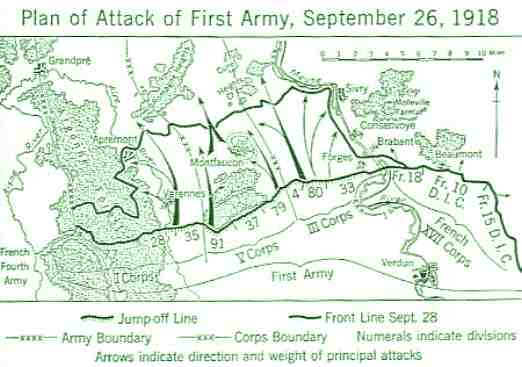Today in History - September 29th
September 29 - 30, 1864, Battles of Chaffin's Farm also known as New Market Heights and Fort Harrison, fought in the American Civil War.
Battle
The attack north of the river occurred on September 29. Troops under Federal Maj. Gen. Benjamin Butler launched attacks on two fronts. The Union X Corps advanced against New Market Heights north of Deep Bottom, while the XVIII Corps attacked Fort Harrison.
New Market Heights
Maj. Gen. David B. Birney moved the X Corps north from the Deep Bottom bridgehead toward the Confederate works atop New Market Heights manned by Brig. Gen. John Gregg. A brigade of U.S. Colored Troops attacked the heights but was repulsed. In this attack, Christian Fleetwood's actions would later earn him the Medal of Honor. Birney reinforced the assault force and stormed the heights again. Alfred H. Terry's division managed to turn the Confederate left flank, thus turning the tide of the battle. Word of Union success against Fort Harrison then reached Gregg, compelling him to pull Confederate troops back to Forts Gregg, Gilmer and Johnson.
Once Birney's troops had taken New Market Heights, the X Corps turned to the northwest along the New Market Road and moved against a secondary line of works guarding Richmond north of Fort Harrison. Brig. Gen. Robert S. Foster's X Corps division assaulted a small salient known as Fort Gilmer. David Birney's brother, Brig. Gen. William Birney, led a brigade of U.S. Colored Troops against Fort Gregg south of Fort Gilmer. These attacks were marked by heroism among the Colored Troops but were ultimately repulsed.
Fort Harrison
At roughly the same time Birney's first attack moved forward, the Union XVIII Corps under Major General Edward Ord, assaulted Fort Harrison to the west of New Market Heights. Ord's assault was led by Brig. Gen. George Stannard, a veteran of Gettysburg. Stannard's men rushed across an open field and took cover in a slight depression just in front of the fort and, after a moment's rest, took the fort. The Confederate defenders broke to the rear, seeking refuge behind a secondary line. Brig. Gen. Hiram Burnham was killed during the attack; Union troops renamed the captured fort in his honor.
Once inside the fort, the Union attackers became disorganized. Stannard was wounded and all three of his brigade commanders were also wounded or killed. A supporting column under Brig. Gen. Charles Heckman veered far off to the north and was repulsed. Ord personally attempted to rally the troops to exploit their success, but he too fell with a critical wound. The loss of commanders and the presence of Confederate ironclads on the James put an end to the XVIII Corps' drive on Chaffin's Bluff along the James River.
Robert E. Lee realized the severity of the loss of Fort Harrison and personally brought 10,000 reinforcements under Maj. Gen. Charles Field north from Petersburg. On September 30, Lee ordered a counterattack to retake Fort Harrison, now commanded by Major General Godfrey Weitzel, replacing the wounded Ord. The Confederate attacks were uncoordinated and were easily handled.
Results
Just as Grant had anticipated, the fighting around Chaffin's Farm forced Lee to shift his resources and helped the Union army south of Petersburg win the Battle of Peebles' Farm. After October, the two armies settled into trench warfare that continued until the end of the war. The fighting around Chaffin's Farm cost the nation nearly 5,000 casualties.

Map of Battle of Chaffin's Farm











